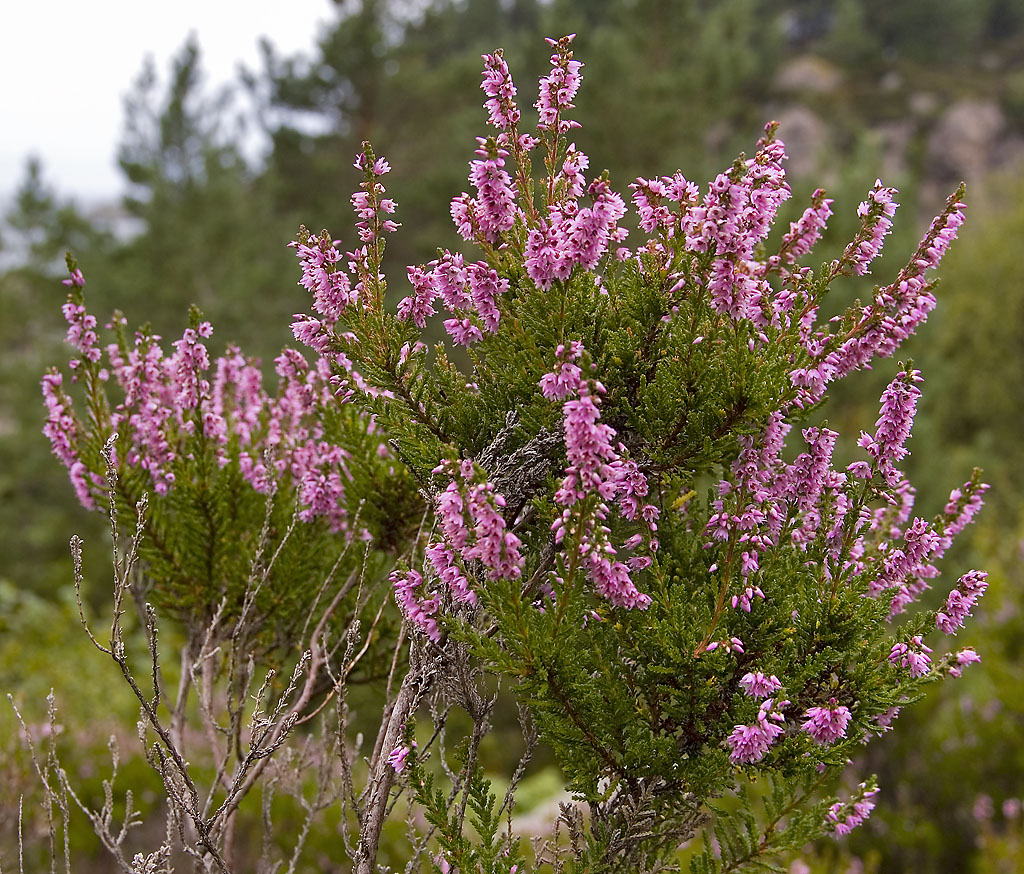Angiosperms are seed-bearing vascular plants. Their reproductive structures are flowers in which the ovules are enclosed in an ovary. Angiosperms are found in almost every habitat from forests and grasslands to sea margins and deserts. Angiosperms display a huge variety of life forms including trees, herbs, submerged aquatics, bulbs and epiphytes. The largest plant families are Orchids, and Compositae (daisies) and Legumes (beans).
There are an estimated 352,000 species of flowering plants or angiosperms.
Flowering plants (angiosperms) comprise about 90 percent of the Kingdom Plantae. The total number of described species exceeds 250,000, and many tropical species are as yet unnamed. During the past 130 million years, flowering plants have colonized practically every conceivable habitat on earth, from sun-baked deserts and windswept alpine summits to fertile grasslands, freshwater marshes, dense forests and lush mountain meadows. Although a number of flowering plants live in aquatic habitats and have adapted to the saline conditions of dry lake beds and salt marshes, relatively few species live submersed in the oceans. True marine angiosperms are found throughout the oceans of the world, although most species are distributed in tropical regions. They are sometimes referred to as "seagrasses" and include about 50 species in 12 genera. Virtually all flowering plants produce some type of functional floral organ, although in some families such as the Lemnaceae, the flowers are microscopic and are seldom seen by the casual observer. Certain grasses and specialized cultivars apparently do not produce flowers, although they may still have rudimentary flowers (vestigial floral parts).

Plants of this class usually have two seed leaves, or cotyledons, and cambium tissue in the stems. Much the larger of the two classes of flowering plants, dicots are divided into many families, among which several of the more conspicuous and easily recognized are the willow, buttercup, pink, mustard, saxifrage, rose, pea, heather, gentian, bluebell, and aster families.

The Liliopsida (also called the monocots) range from tiny floating plants to common herbs and epiphytes to large rosette trees. However, despite their diversity in growth habit, the monocots are decidedly monophyletic with an array of distinctive characters that include: leaves with parallel veins, monocot condition in the seed, monosulcate pollen; three-merous flowers in two whorls, and atactostelic stems.